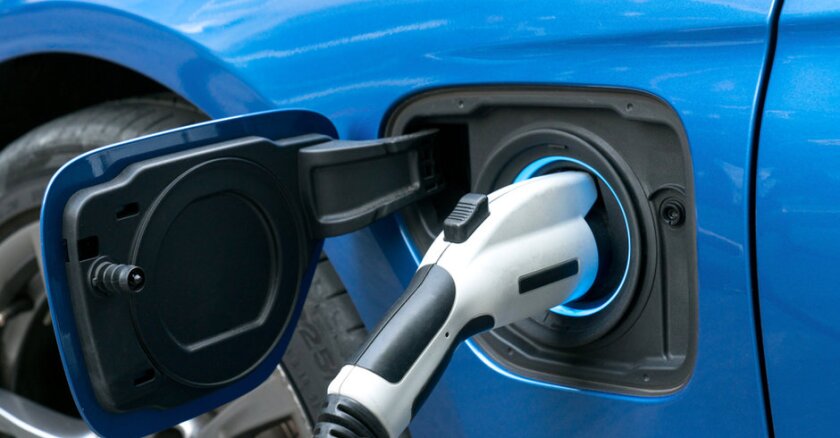“If shift 'A' comes in with a car that’s on empty for its range, that new group will have to wait until it charges back up, and I need to have cars that you can fuel up and have back out in five minutes,” said Lt. Eric Tang, who works for Fremont Police Department’s (FPD) Special Operations Division in California.
“If we had half EVs [electric vehicles] and half hybrids, then I could absorb that. I would be OK with that,” Tang added.
FPD is a national leader in using and evaluating EVs for law enforcement. The department has more than 40 battery-electric, plug-in hybrid and conventional hybrid vehicles out of its fleet of roughly 200 automobiles. It now has a Tesla Model Y, which can last two patrol shifts on one charge.
The decision to transition police fleets to EVs is multifaceted as departments assess the many operational needs of the cars — ranging from pursuit ratings to outfitting the vehicles with lights, sirens and other equipment — as well as costs and charging times. The market is constantly shifting, too, as automakers introduce new electric models, extend the range of batteries and reduce costs for EVs.
“I probably talk to somebody every other day,” said Tang, when asked how often other departments ask about the FPD EV program. “It’s frequent.”
The charge time for EVs remains a perennial concern for police departments — and often the general public — as they consider the transition to electric transportation. Most drivers are still wired to pull into a gas station and fuel up. If EVs are to have a future, say industry experts, what will be needed is a near ubiquitous distribution of public charging ports, where drivers will naturally “top off” their batteries when pulling into work, shopping areas or other locations.
Simply put, driving an EV is not like driving a conventional vehicle, said Irina Filippova, chief operating officer at Electrada, maker of EV charging infrastructure in Cincinnati, Ohio.
“You relate to your EV more like you relate to your portable device in terms of thinking of charging it up, and topping it off, during the day,” Filippova said during a CoMotion LIVE panel discussion last month about car charging.
“You are charging up as you go, and that is the pattern in which EV drivers relate to charging. It’s no longer going out of your way to a destination like a gas station to fuel up,” she continued.
The operational needs of a police vehicle, however, are different from those of an everyday automobile. Police work doesn't often allow topping off. Although the EV market is quickly expanding to other types of vehicles like SUVs and offering cheaper price tags than in the past, police are waiting on the next innovation for full adoption.
“That’s why with EVs, we’re not there yet,” said Tang. “If they told me, 'We can get your EVs charged up in five minutes,' then we’re talking.”









